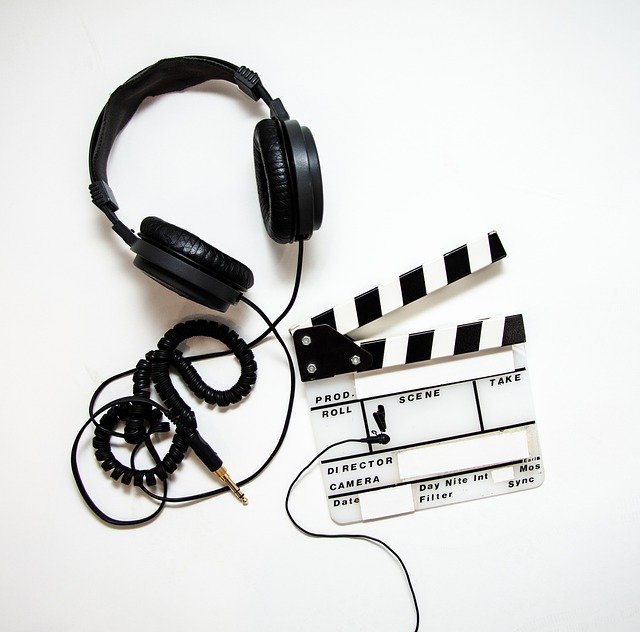The Sonic Frontier: Exploring Binaural Audio in Cinema
In an age where visual spectacle often takes center stage, a groundbreaking auditory revolution is quietly transforming the cinematic landscape. Binaural audio, a cutting-edge sound recording technique, is pushing the boundaries of immersive storytelling, offering viewers an unprecedented level of auditory engagement. This innovative approach to sound design is not just enhancing the movie-going experience; it's redefining it, creating a new frontier in the art of filmmaking.

From Experimental to Mainstream
While binaural audio has been around since the 1800s, its application in cinema has only recently gained traction. Early experiments with this technology were limited to avant-garde films and audio enthusiasts. However, as recording technology has advanced and the demand for more immersive entertainment experiences has grown, binaural audio has begun to find its way into mainstream cinema. Filmmakers are now exploring its potential to enhance storytelling, create atmosphere, and deepen audience engagement.
Pioneering Films and Directors
Several visionary directors have embraced binaural audio, recognizing its potential to elevate their cinematic narratives. Christopher Nolan, known for his innovative approach to filmmaking, incorporated binaural techniques in Dunkirk to immerse viewers in the chaos and tension of war. The result was a visceral auditory experience that heightened the film’s emotional impact. Similarly, Alejandro González Iñárritu’s virtual reality short Carne y Arena utilized binaural audio to create a harrowing and immersive portrayal of immigrants crossing the U.S.-Mexico border.
The Impact on Storytelling
Binaural audio is more than just a technical gimmick; it’s a powerful storytelling tool. By creating a more realistic and immersive soundscape, filmmakers can guide the audience’s attention, evoke stronger emotional responses, and provide a deeper sense of presence within the narrative. For horror and thriller genres, binaural audio can amplify tension and fear by placing unsettling sounds directly in the viewer’s perceived space. In dramas, it can enhance intimacy and emotional connection by bringing the audience closer to the characters’ experiences.
Challenges and Future Developments
Despite its potential, binaural audio faces several challenges in widespread adoption. One significant hurdle is the current requirement for headphone listening to achieve the full effect, which limits its application in traditional theater settings. However, researchers and audio engineers are working on solutions to bring binaural-like experiences to surround sound systems. Additionally, as virtual and augmented reality technologies continue to evolve, binaural audio is poised to play a crucial role in creating fully immersive digital environments.
The Intersection of Technology and Art
The rise of binaural audio in cinema represents a fascinating convergence of technology and artistic expression. As filmmakers explore its creative possibilities, they’re not just enhancing the technical aspects of their work but also expanding the emotional and psychological impact of their storytelling. This fusion of cutting-edge technology with artistic vision is opening new avenues for cinematic innovation, challenging both creators and audiences to reconsider the role of sound in the film experience.





